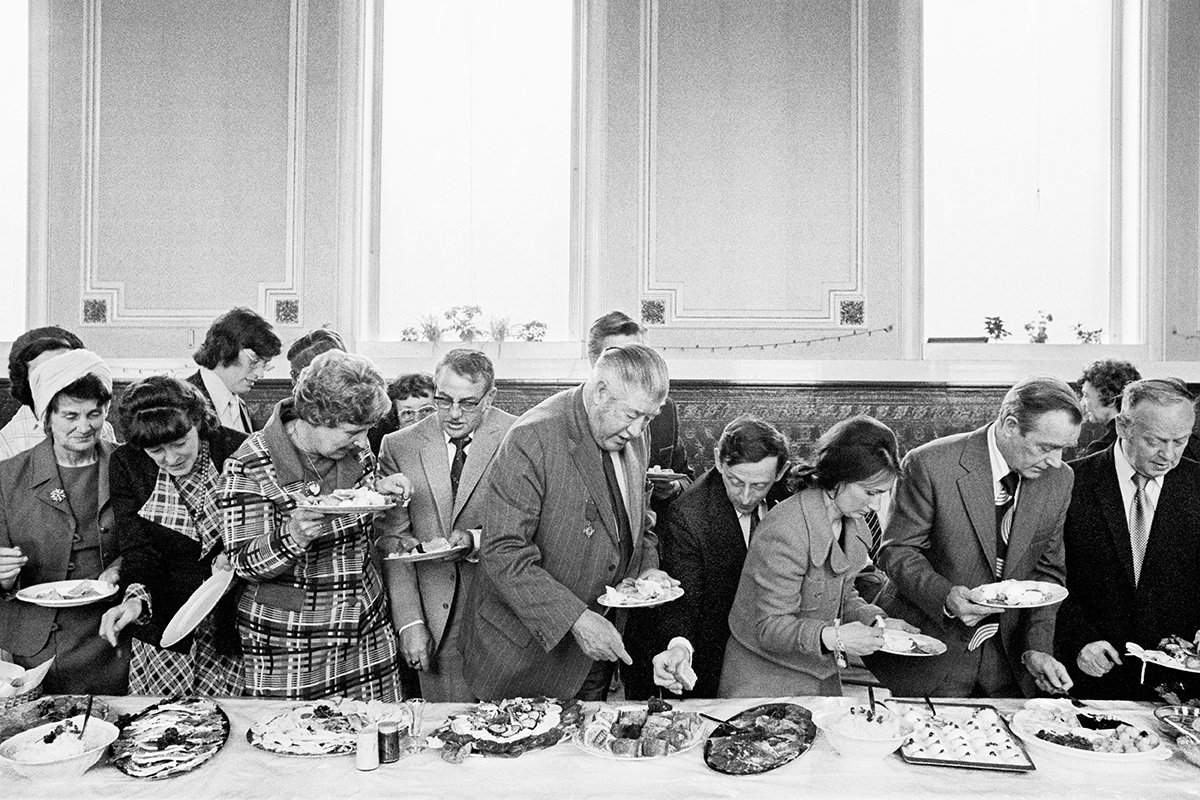Keeping Up With Milano's Art: February 2024 Issue
February has truly been a month of rejuvenation in every sense of the word. With exams behind us, life has gradually regained its rhythm, allowing ample time for leisure strolls amidst Milan’s mild weather. And let me tell you, within the bustling art scene, museums and galleries represent an ideal refuge from the city’s not-so-fresh air. You see, there’s no longer any reason to stay at home!
For those of you finding it challenging to navigate Milan's cultural landscape, fear not! With this monthly digestible format of Keeping Up with Milan's Art, Flavia and I are here to guide you through the must-see highlights of Milan's art scene.
Little side note before I begin. As in the previous issue, I found myself instinctively drawn to contemporary photography when considering which exhibition to spotlight for you this month. This made me wonder: is it the variety and quality of Milan's photography exhibitions that tend to influence me, or is there a deeper appeal that speaks to my generation? I would like you to take a moment and think about this, I'll be leaving my question open so we can explore and delve deeper into this subject together.
Now, let me kick off this revitalizing February issue by calling your attention to a newly polished artistic jewel in the city - the renovated gallery and project space at 10 Corso Como. Located on the first floor, formerly occupied by Galleria Carla Sozzani and Sozzani Bookshop, above Europe's pioneering concept store, this space marks the first unveiling of the extensive architectural renovation of the entire building.
I won't hide my nostalgia for the bookshop, a real treasure trove of rare and exclusive books and publications that I truly cherished. However, I must say that the new space at 10 Corso Como, with its expansive and adaptable design, also has a certain appeal. It's designed like a "hybrid cabinet of curiosities," where movable walls and tables create a dynamic, transformable environment for projects, talks, and meetings. In other words, it's not just a gallery, but more of a creative playground that aims to blur the lines between different creative disciplines and explore themes such as sustainability and activism through a mix of archival depth and digital innovation. This sounds very promising to me and I'm curious to see how this "flexible theater" will evolve.
So far, my first impressions from the opening day of the new gallery at 10 Corso Como have been very positive. The gallery presented the first solo exhibition in Italy by American photographer Roe Ethridge, entitled Happy Birthday Louise Parker. This reference to Louise Parker, Ethridge's muse and friend, adds a personal dimension and creates a thematic thread that I really enjoyed. The transition from staged fashion shoots to more private and spontaneous portraits encourages us to look beyond her model facade.
Louse Parker by Roe Ethridge. Photo credit Alessandro Saletta - DSL Studio, Courtesy of 10 Corso Como.
What particularly stood out for me in the exhibition was how Ethridge employs juxtapositions. Seeing elaborate still lifes next to fashion shots, landscapes beside intimate portraits and autobiographical references, created a powerful visual conversation that went beyond the pictures’ apparent differences. For example, one moment that particularly struck me was a photo of a pregnant Louise Parker right next to a close-up image of a cigarette. To truly get the impact of these juxtapositions, I recommend you take a moment to stand back and see how the images interact with each other—it’s quite an experience.
Another exhibition I'd like to highlight in this issue is 'Martin Parr: Short & Sweet' at MUDEC. True to its name, the exhibition is indeed somewhat short and sweet. Its appeal lies in its straightforward, unfiltered presentation, free of unnecessary rhetoric, making it very accessible and understandable to a wide audience. The exhibition features more than 60 photographs, thoughtfully arranged in chronological order, with clear headings and text explaining the various themes Parr explores in his selected body of work. Despite the variety of images, there was a common thread running through the exhibition: humor. I loved how Parr used comedy to reflect on some of society's strange obsessions, such as our food and clothing, our movements, our appearance, the weather, and the places we visit.
My favorite part of this exhibition had to be Parr’s early works from the 60s and 70s set in rural England: among them, the Non-Conformists and the Bad Weather series, both rendered in black and white, with the latter captured through an underwater camera. I am still stunned by this technique which, in my opinion, perfectly satirizes our kind of dramatic preoccupation when it comes to rain and drizzle.
Martin Parr, Inaugural banquet of the Mayor of Todmorden, England, West Yorkshire, Todmorden, 1977, From “The Non-Conformists”, © Martin Parr/Magnum Photo
The Last Resort series, made between 1983 and 1985, marked Parr’s first step towards his now distinctive personal style characterized by vivid colors and the use of daylight flash. These images capture obscure scenes of tourists vacationing at a seaside resort in New Brighton, an area known for its predominantly working-class population.
Later when I did some research, I found that these works have been heavily criticized, particularly for the vulgar portrayal of the subjects, which some argue unfairly targets the working class for the amusement of a more elite audience.
Martin Parr, England, New Brighton, 1983-85, From “The Last Resort. Photographs of New Brighton”. © Martin Parr/Magnum Photos



